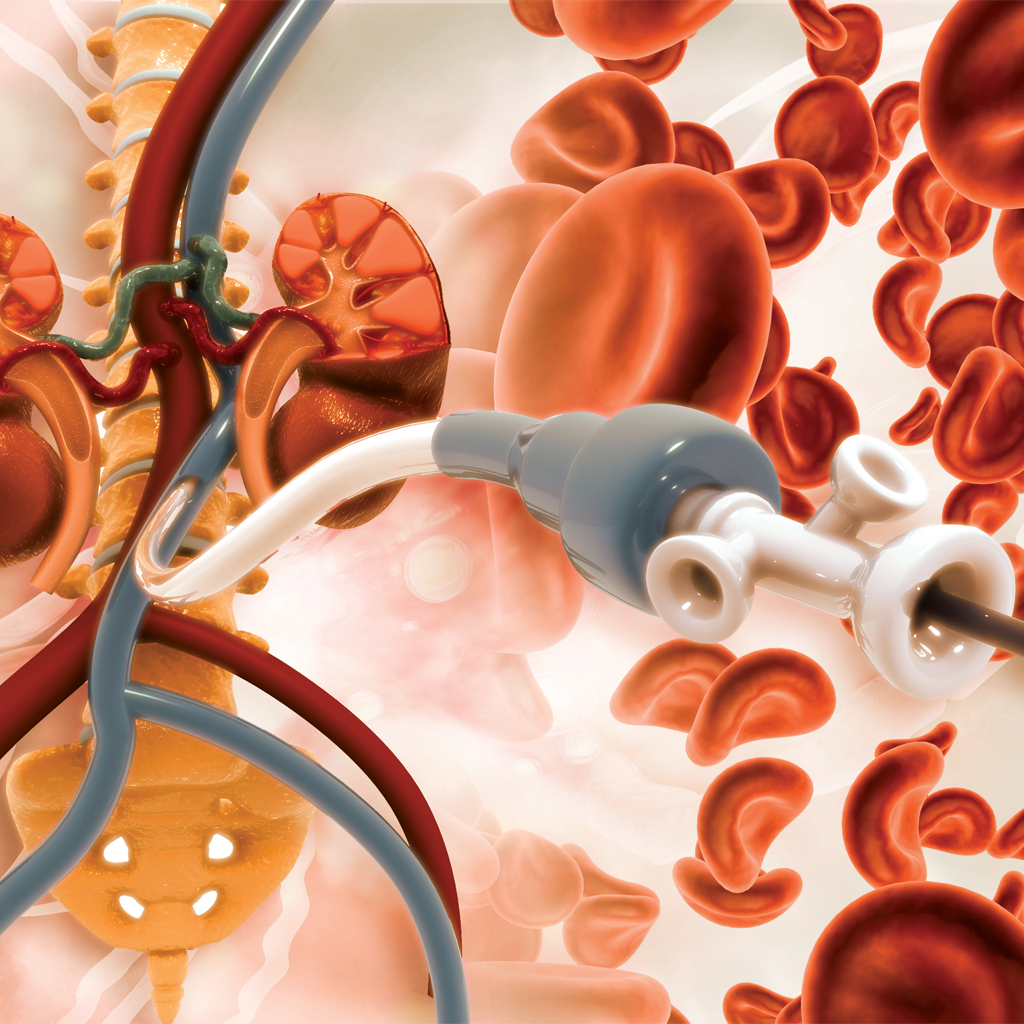IVC Filter Placement/Removal
What is an IVC filter?
IVC stands for inferior vena cava, the large vein that joins the two main veins within each leg that return blood to the heart and lungs. When a blood clot is found within the veins of the legs, an IVC filter is a special device that may be placed in the inferior vena cava to “catch” and break up blood clots before they can travel to the lungs and cause a pulmonary embolism. An IVC filter will likely need to be removed at a future date, once the danger of a blood clot traveling to the lungs is gone. It is most often recommended when medications intended to break up a clot have not been effective.

